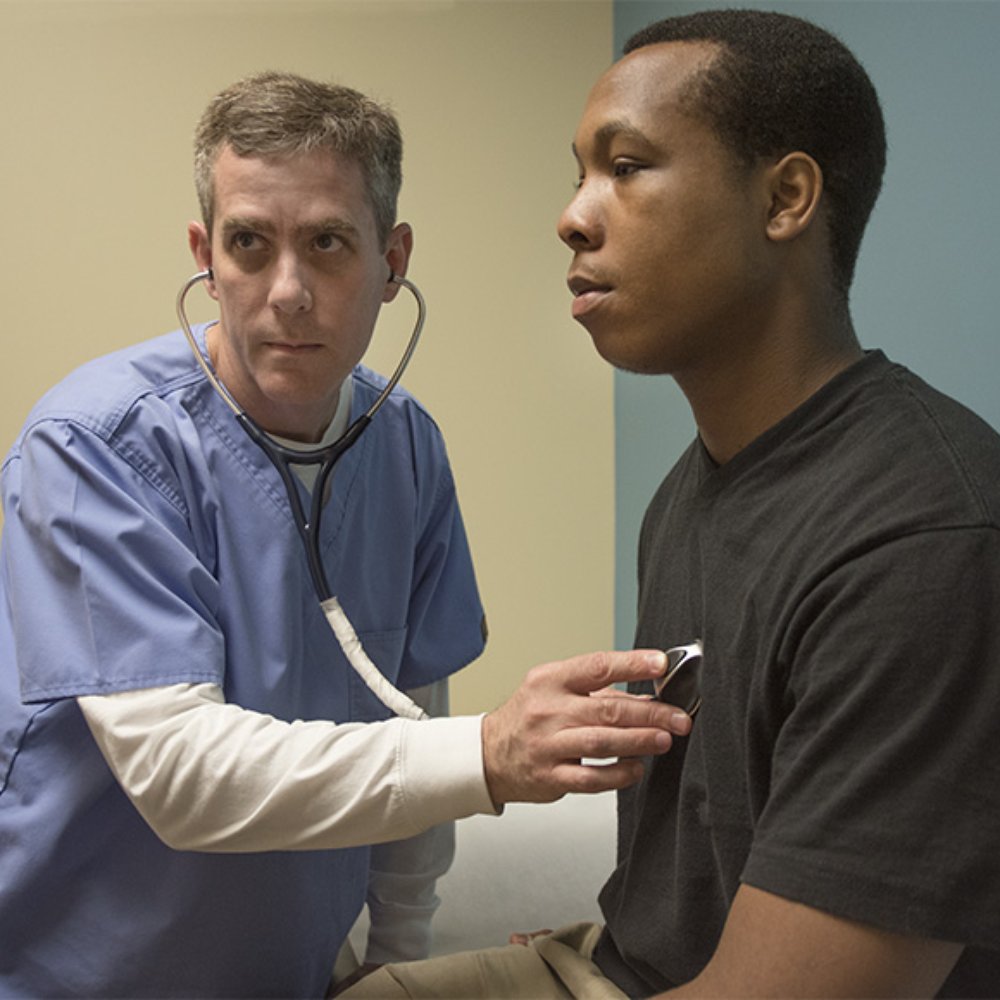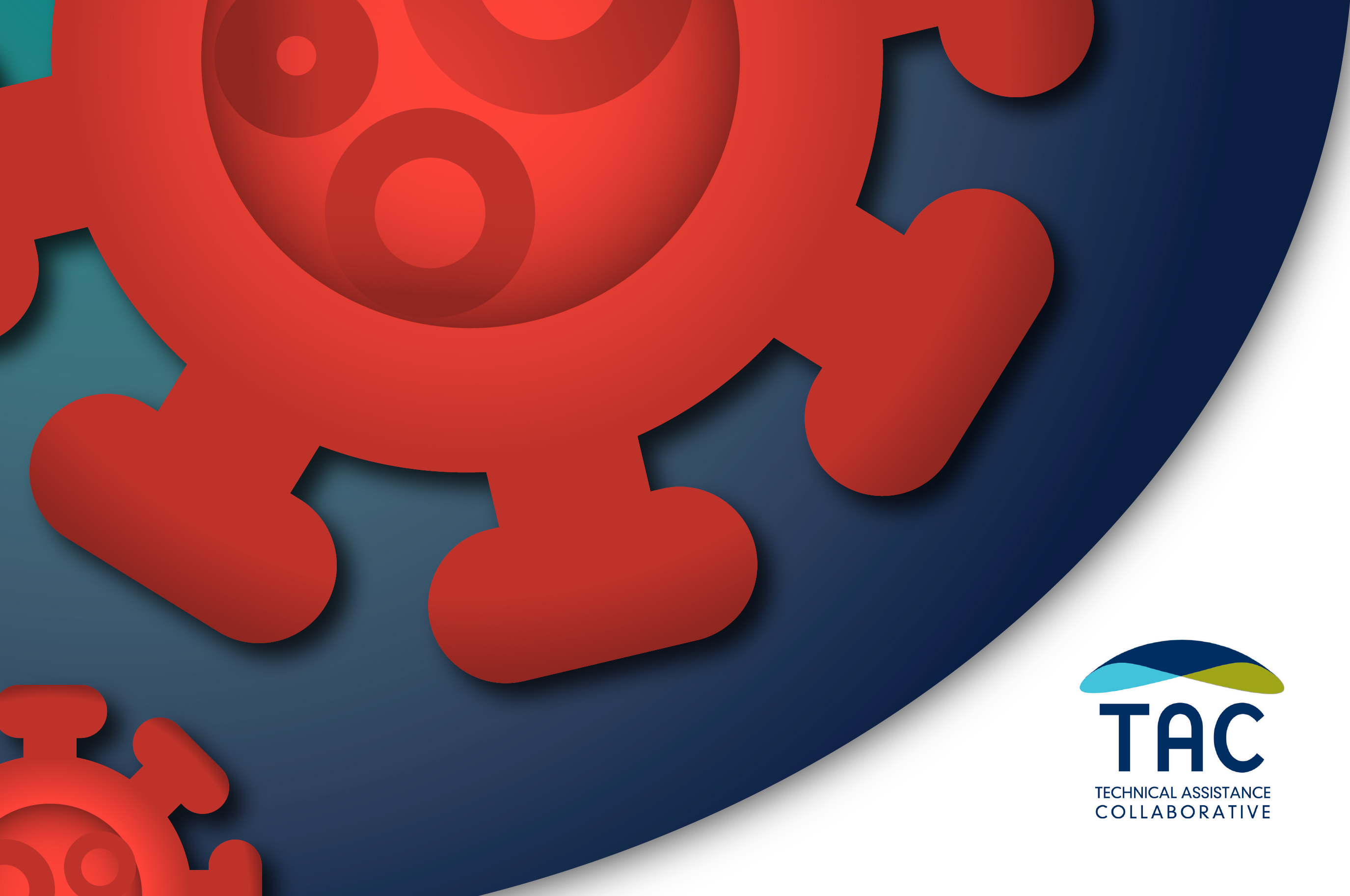Community-Driven Change and the Elimination of Female Genital Mutilation
Introduction
Change is achievable when it originates within the community. This principle underpins the efforts of UNFPA, in partnership with UNICEF, leading the world’s largest programme aimed at accelerating the elimination of female genital mutilation (FGM). This initiative directly supports 18 countries, including Guinea-Bissau.
Programme Overview and Sustainable Development Goals (SDGs)
The programme aligns closely with several Sustainable Development Goals, particularly:
- SDG 3: Good Health and Well-being
- SDG 5: Gender Equality
- SDG 10: Reduced Inequalities
- SDG 17: Partnerships for the Goals
By focusing on the elimination of FGM, the programme addresses critical health and gender equality issues, contributing to improved well-being and empowerment of women and girls.
Community Engagement and Impact in Guinea-Bissau
In Guinea-Bissau, where three out of four women and girls believe the practice of FGM should end, progress depends on community passion and commitment to change. The programme emphasizes:
- Collaboration with local grassroots groups
- Partnerships with national organizations and governments
- Engagement of youth leaders
This multi-level collaboration fosters community ownership and sustainable change, ensuring that efforts to end FGM are culturally sensitive and locally supported.
Building Systems of Support
The initiative goes beyond ending a harmful practice by focusing on building comprehensive systems that include:
- Education on rights and health
- Healthcare services tailored to women and young people
- Support networks empowering individuals to claim their rights
These systems contribute directly to achieving SDG 3 and SDG 5 by promoting health, well-being, and gender equality.
Conclusion: Rewriting the Story
Together, communities, governments, and partners are rewriting the narrative surrounding female genital mutilation — one community, one commitment, one girl at a time. This collective effort exemplifies the spirit of SDG 17, emphasizing the importance of partnerships in achieving sustainable development and protecting human rights.
1. Sustainable Development Goals (SDGs) Addressed or Connected
- SDG 3: Good Health and Well-being – The article discusses efforts to eliminate female genital mutilation (FGM), a harmful health practice affecting women and girls.
- SDG 5: Gender Equality – The focus on ending FGM directly relates to promoting gender equality and empowering women and girls.
- SDG 17: Partnerships for the Goals – The article highlights collaboration between UNFPA, UNICEF, local grassroots groups, governments, and youth leaders, emphasizing partnerships.
2. Specific Targets Under Those SDGs
- SDG 3 Target 3.7: Ensure universal access to sexual and reproductive health-care services, including for family planning, information and education, and the integration of reproductive health into national strategies and programs.
- SDG 5 Target 5.3: Eliminate all harmful practices, such as child, early and forced marriage and female genital mutilation.
- SDG 17 Target 17.17: Encourage and promote effective public, public-private and civil society partnerships, building on the experience and resourcing strategies of partnerships.
3. Indicators Mentioned or Implied to Measure Progress
- Indicator for SDG 5.3: Proportion of girls and women aged 15-49 who have undergone female genital mutilation/cutting. The article implies measuring the prevalence of FGM in the targeted countries.
- Indicator for SDG 3.7: Percentage of women and girls who have access to sexual and reproductive health services, education, and rights awareness. The article mentions building systems of support, education, and healthcare.
- Indicator for SDG 17.17: Number and effectiveness of partnerships between UN agencies, governments, and community organizations. The article describes the collaboration between multiple stakeholders.
4. Table of SDGs, Targets, and Indicators
| SDGs | Targets | Indicators |
|---|---|---|
| SDG 3: Good Health and Well-being | Target 3.7: Ensure universal access to sexual and reproductive health-care services, including education and integration into national strategies. | Percentage of women and girls with access to sexual and reproductive health services and education. |
| SDG 5: Gender Equality | Target 5.3: Eliminate all harmful practices, including female genital mutilation. | Proportion of girls and women aged 15-49 who have undergone female genital mutilation/cutting. |
| SDG 17: Partnerships for the Goals | Target 17.17: Promote effective public, public-private and civil society partnerships. | Number and effectiveness of partnerships between UN agencies, governments, and community organizations. |
Source: unfpa.org







